New population of rare dormice found in Sussex
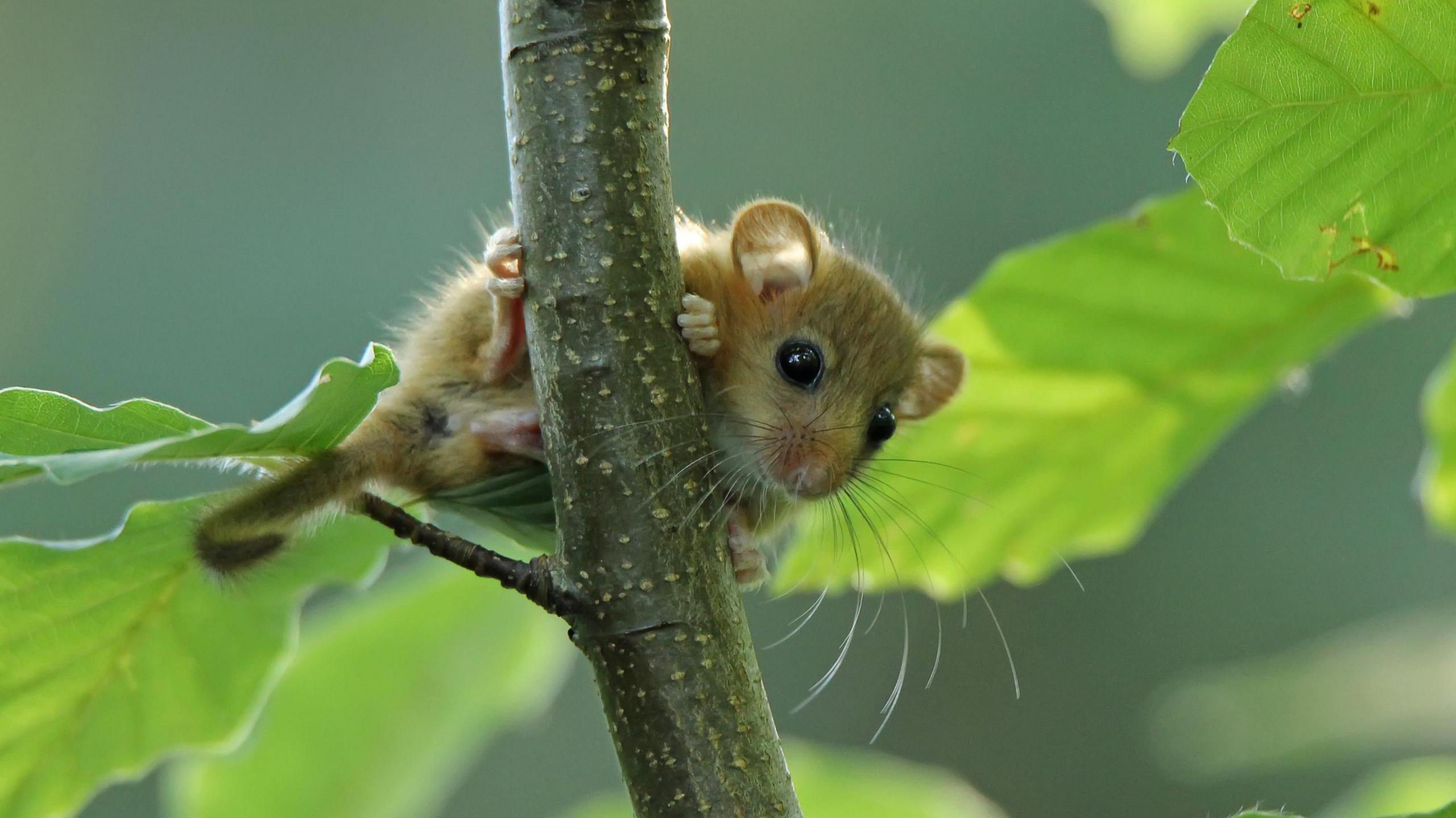
The new population of hazel dormice has been discovered at Lindfield
- Published
A population of hazel dormice has been located in a nature reserve in West Sussex.
The discovery was made by volunteers at the Eastern Road reserve in Lindfield.
The rodents' presence was confirmed when their distinctive triangular footprints were found in tunnels laid down to track their movements.
Conservationists say the number of hazel dormice has dropped by 70% across England since 2000.
The volunteers were trained by the Lost Woods of the Low Weald and Downs project, a partnership that aims to restore some of Sussex's ancient woodland.
Its senior community development worker, Michael Blencowe, said: "I couldn't believe they found them, it was remarkable.
"When we started training local groups, I thought the chance of finding any was very, very low.
"Now, we can work with ecologists to protect the dormice at this site and encourage this population's recovery."

Hazel dormouse numbers have dropped dramatically since the turn of the century
The tiny nocturnal species has already disappeared from 20 counties in England since the 19th Century.
The loss of traditional skills such as coppicing has led to their habitats being lost, which also makes it more difficult for populations to travel between locations.
Climate change has also disrupted their hibernation patterns.
The volunteers will now be searching the wood for nuts carrying the dormice's distinctive teeth marks.
Follow BBC Sussex on Facebook, external, on X, external, and on Instagram, external. Send your story ideas to southeasttoday@bbc.co.uk , external or WhatsApp us on 08081 002250.
Related topics
- Published10 October

- Published12 June
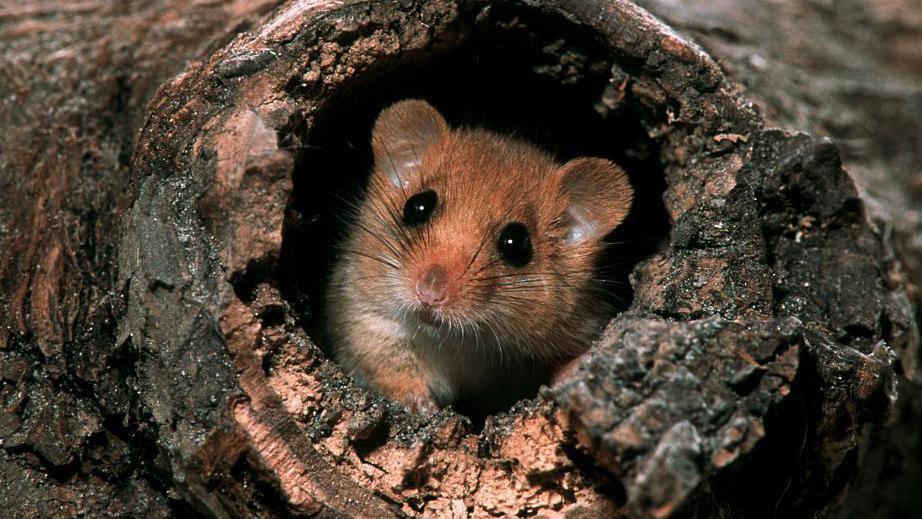
- Published19 August
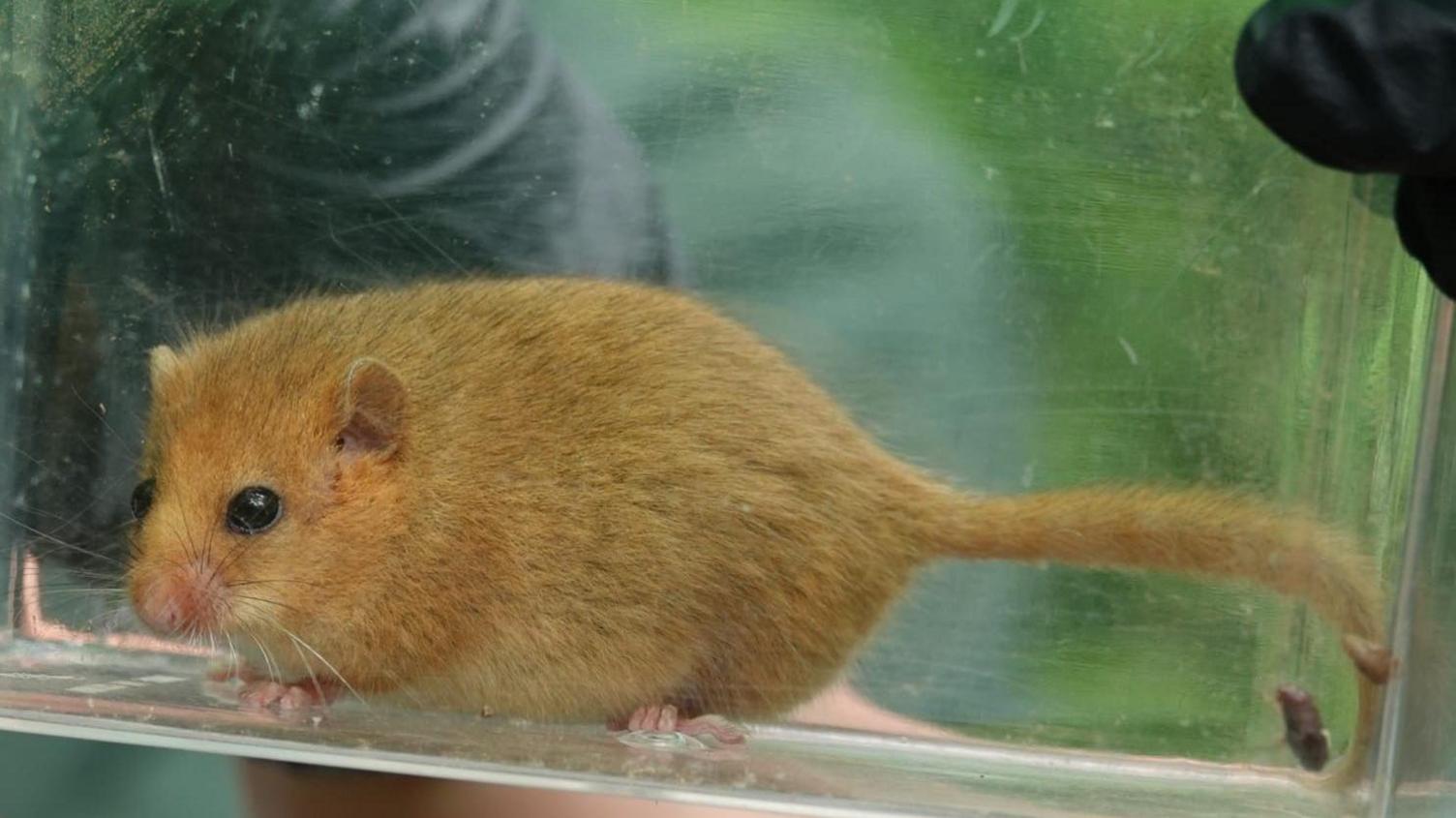
- Published3 July
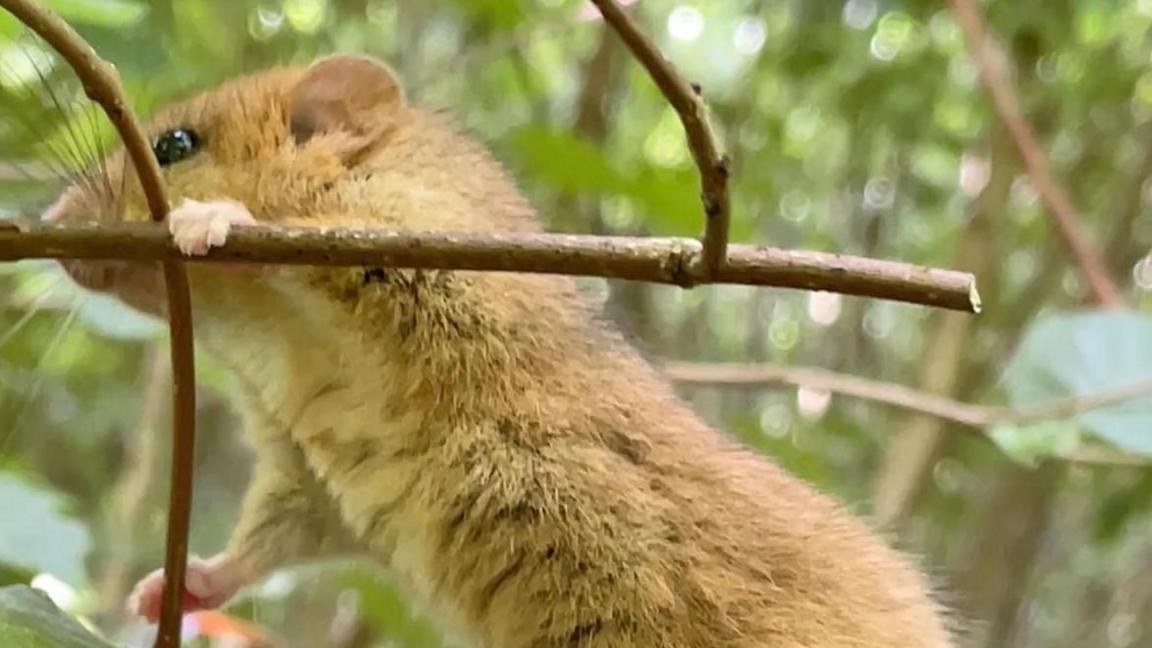
- Published12 June
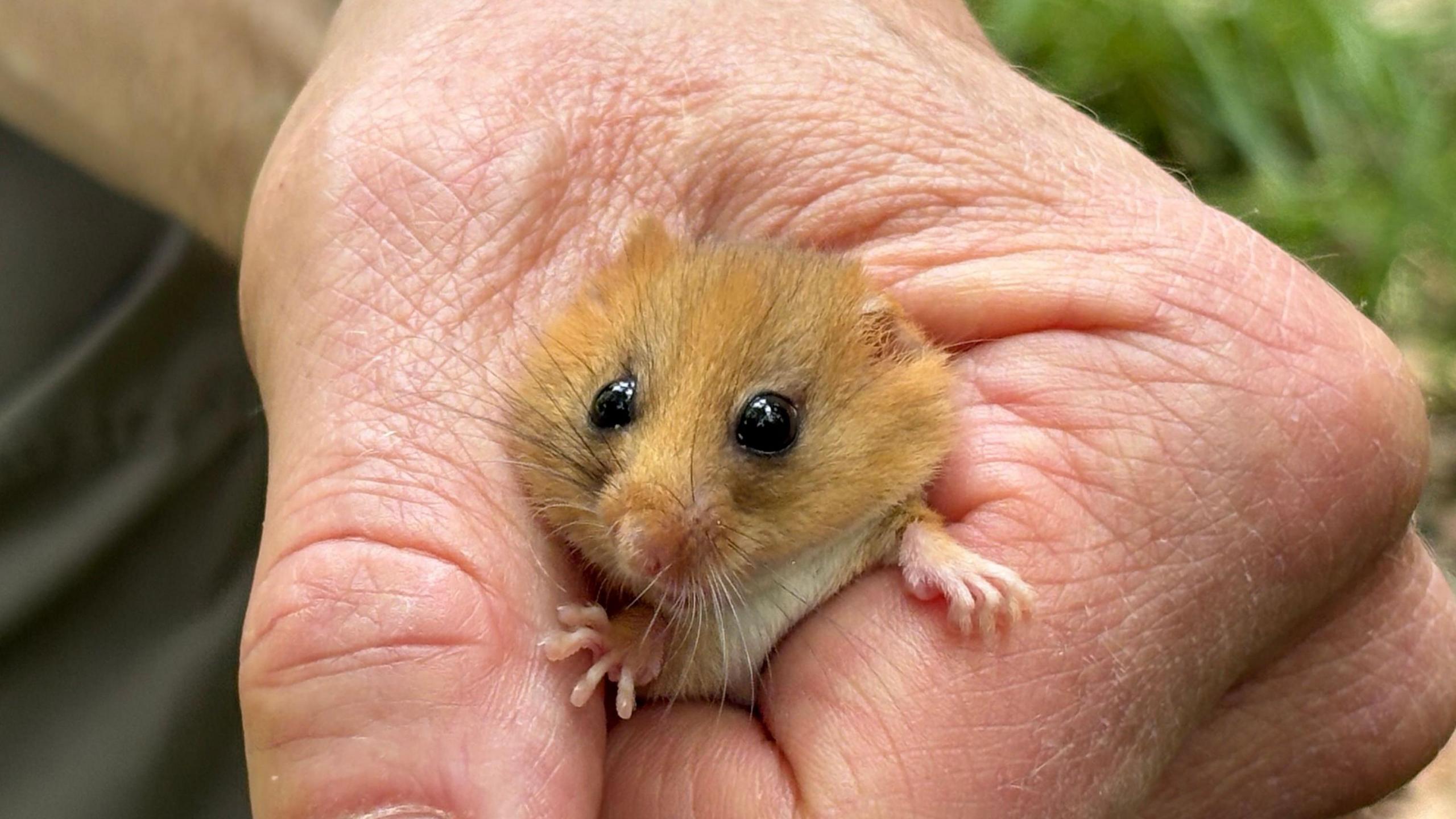
- Published15 November 2024
